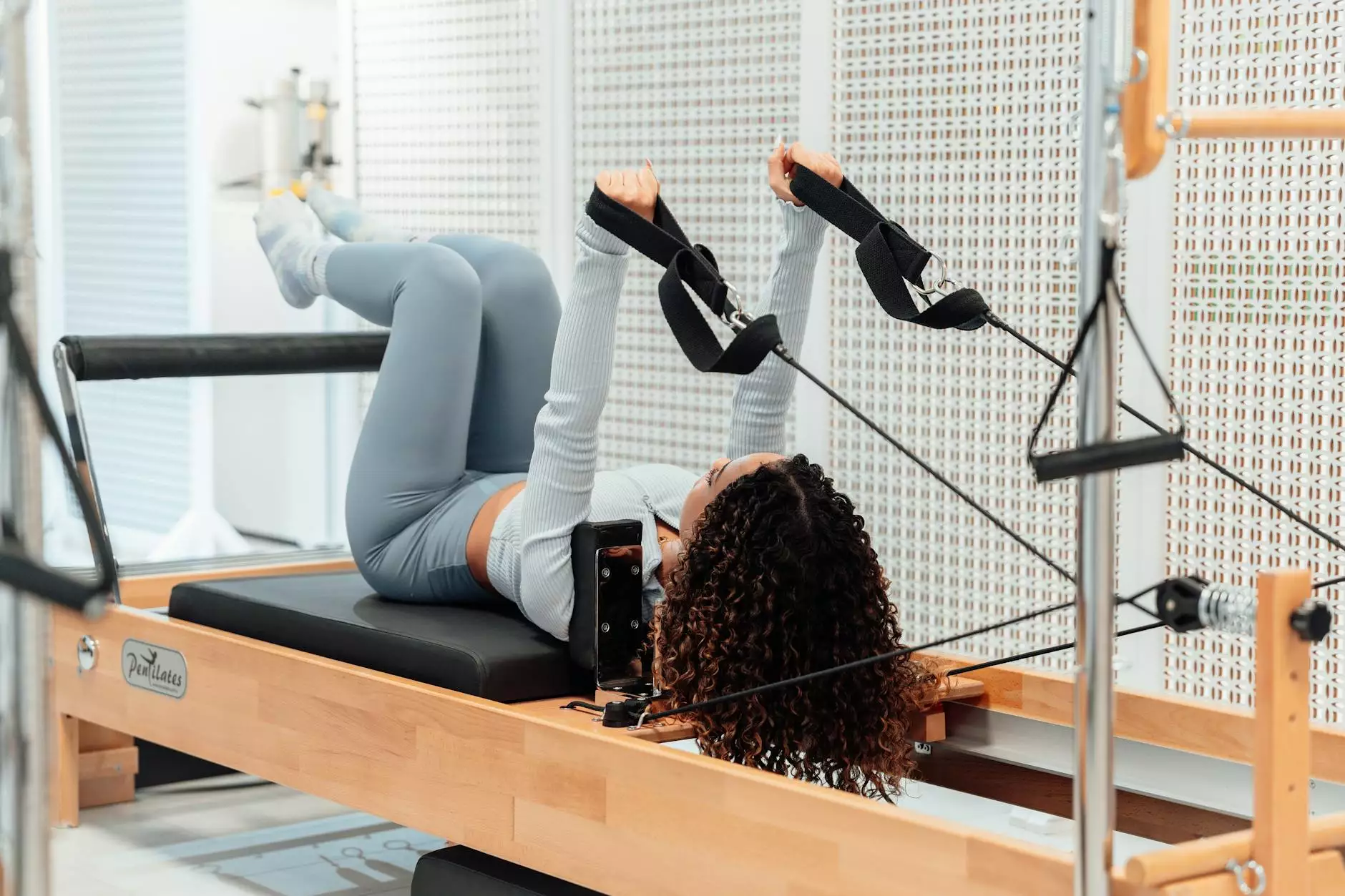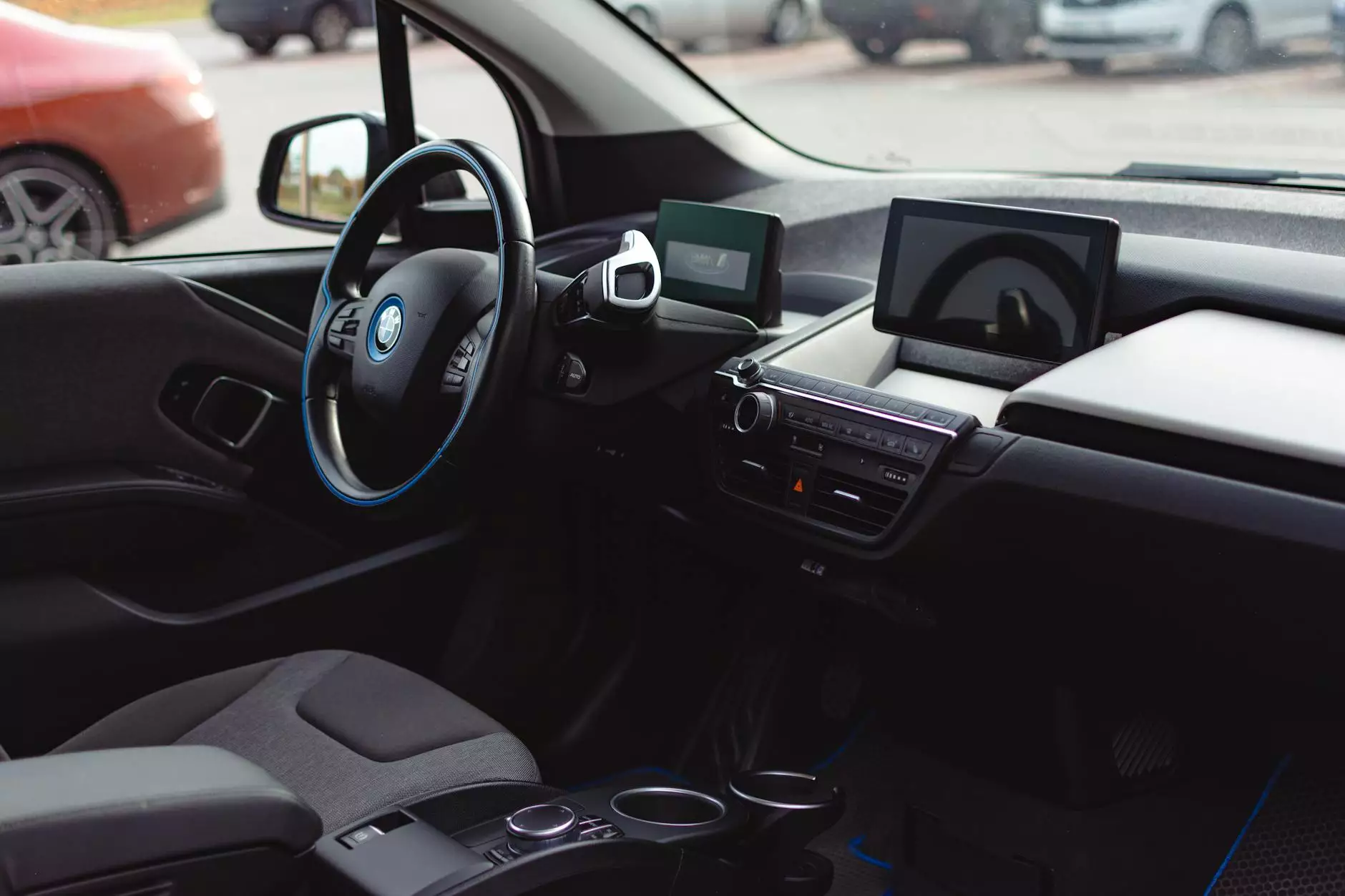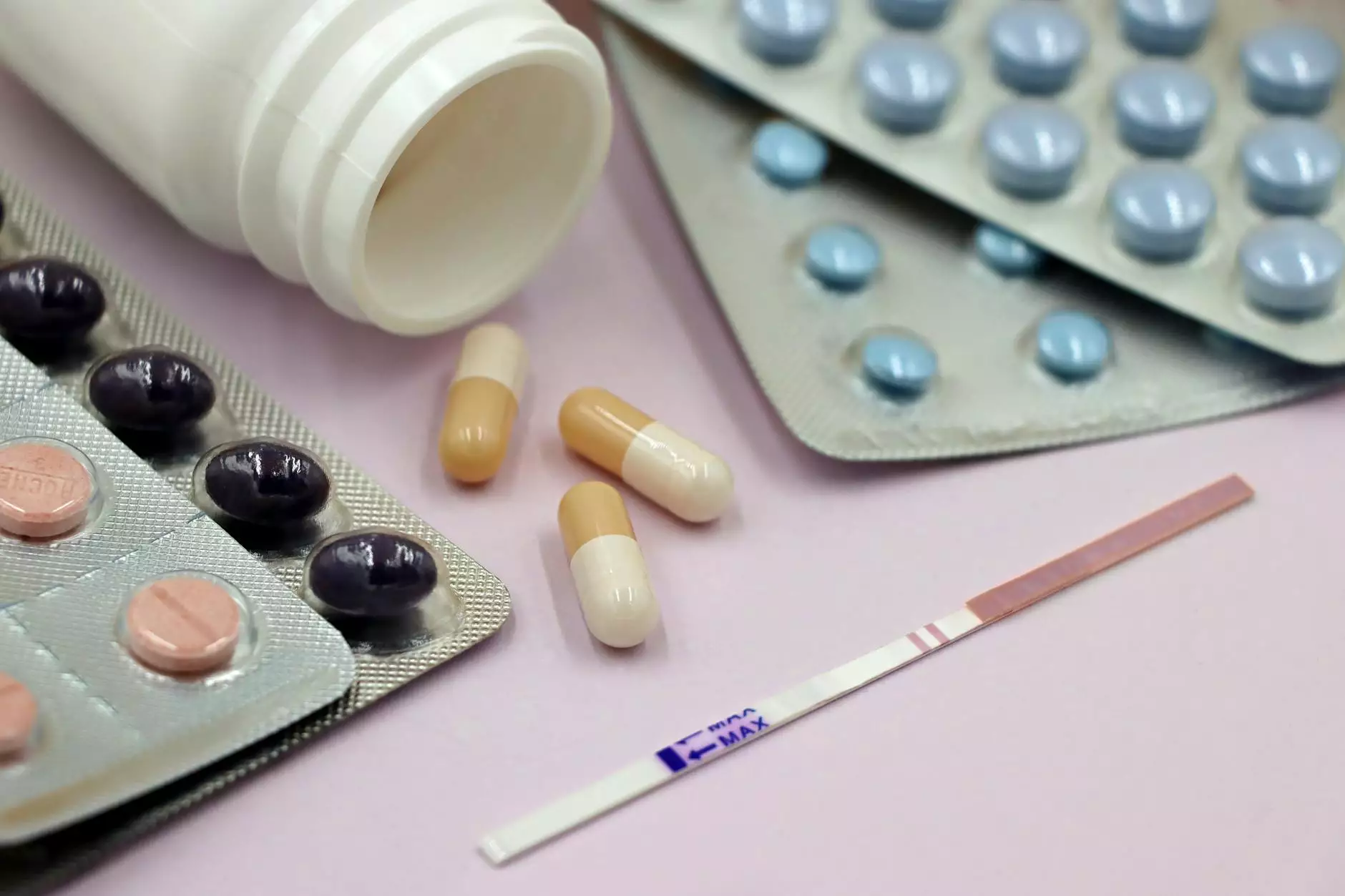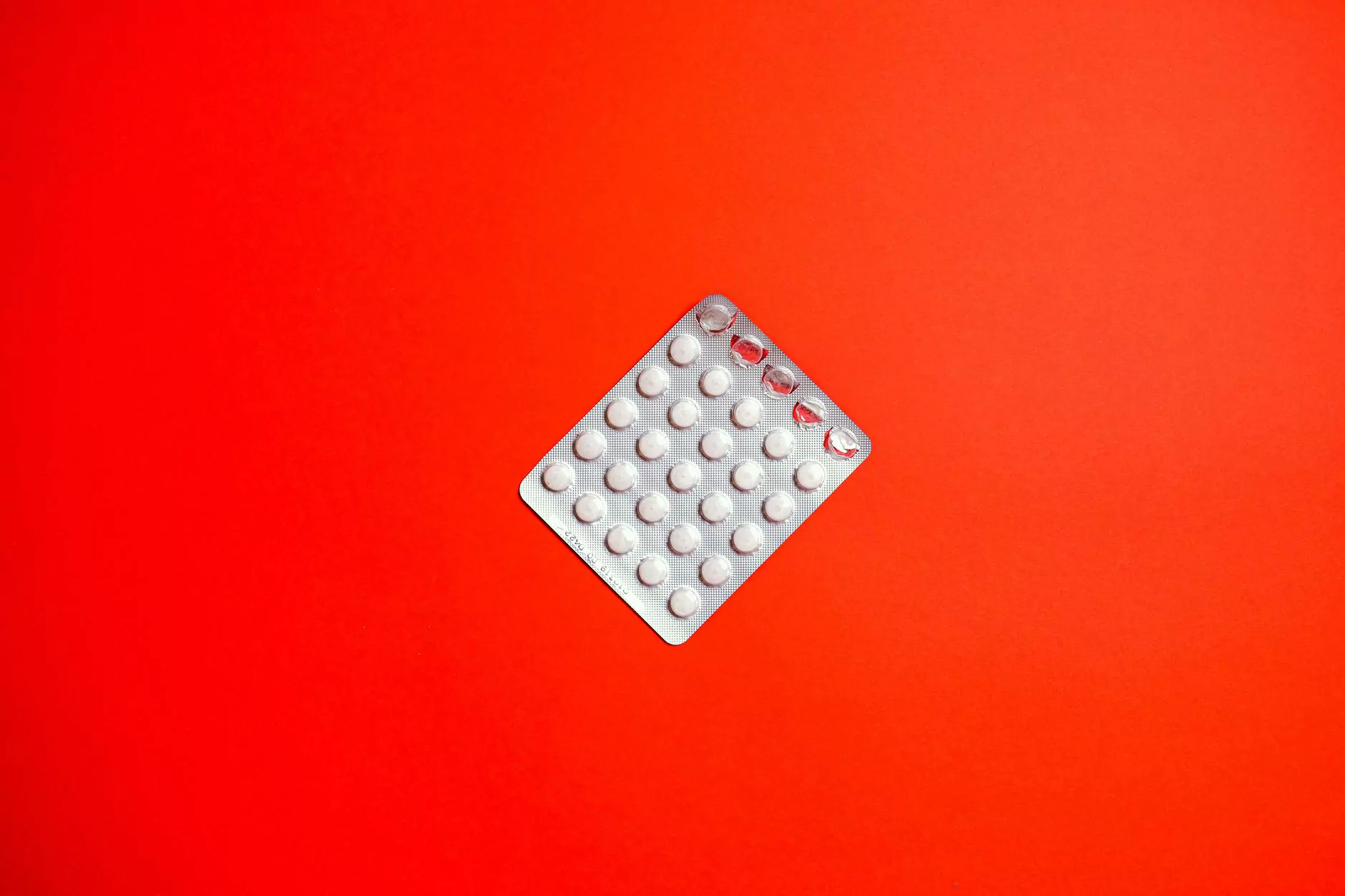Empowering Recovery: Postnatal Pilates for Diastasis Recti

Understanding Diastasis Recti: A Common Postnatal Condition
Diastasis recti is a condition where the large abdominal muscles separate during pregnancy. This separation can cause various issues, including back pain, poor posture, and abdominal weakness. For many women, the postpartum period raises concerns about diastasis recti, creating a need for effective recovery strategies.
The Role of Postnatal Pilates in Healing
Postnatal Pilates focuses on gentle strengthening exercises designed to address specific postpartum issues, particularly diastasis recti. With its emphasis on core stability and alignment, Pilates is an excellent choice for new mothers looking to regain strength and confidence.
Benefits of Postnatal Pilates
- Core Strengthening: Pilates specifically targets the core muscles, which support the spine and facilitate movement.
- Improved Posture: Many postnatal women experience postural changes that can lead to discomfort. Pilates promotes alignment and helps in restoring proper posture.
- Enhanced Body Awareness: Pilates encourages mindfulness through movement, enabling new mothers to reconnect with their bodies.
- Safe Rehabilitation: Pilates exercises can be modified to accommodate various stages of recovery, making them suitable for all fitness levels.
- Stress Reduction: Engaging in physical activity, especially Pilates, can alleviate stress and improve mental well-being.
Essential Pilates Exercises for Diastasis Recti Recovery
For optimal recovery, it’s crucial to focus on exercises that promote core engagement without excessive strain on the abdominal wall. Here’s a closer look at some effective Pilates exercises:
1. Pelvic Tilts
The pelvic tilt is a fundamental exercise that engages the core and stabilizes the pelvis. This movement helps to reduce hyperextension of the lumbar spine. To perform:
- Lie on your back with your knees bent and feet flat on the floor.
- Gently flatten your lower back against the floor by tilting your pelvis.
- Hold for a few seconds, then release. Repeat 10-15 times.
2. Heel Slides
Heel slides promote core stability while allowing gentle movement in the lower body. This exercise is excellent for maintaining pelvic position.
- Start in the same position as pelvic tilts.
- Slowly slide one heel away from your body while maintaining pelvic tilt.
- Return to the starting position, then switch legs. Repeat 10 times for each leg.
3. Modified Planks
The modified plank strengthens the entire core without excessive pressure on the abdominal wall. Try this progression:
- Begin on your knees and forearms in a neutral position.
- Engage your core and hold the position for 20-30 seconds, breathing steadily.
- Gradually extend the time as your strength improves.
4. Bridging
Bridging is a fantastic way to develop strength in the gluteal muscles while activating the core. Here’s how to do it:
- Lie on your back, knees bent, and feet hip-width apart.
- Press through your heels and lift your hips towards the ceiling.
- Hold for a few seconds before lowering back down. Repeat 10-15 times.
5. Side-Lying Leg Lifts
This exercise targets the lateral muscles of the core and lower body, contributing to overall stability:
- Lie on your side with your legs stacked. Support your head with your arm.
- Lift your top leg towards the ceiling while keeping your core engaged.
- Lower the leg back down without losing control. Repeat 10-15 times on each side.
Tips for Practicing Postnatal Pilates Safely
When engaging in postnatal Pilates exercises, it’s essential to prioritize safety and effectiveness:
- Consult a Professional: Before starting any new exercise program, consult a healthcare professional or a qualified Pilates instructor to assess your condition.
- Listen to Your Body: Pay attention to how your body feels during each exercise. If you experience pain or discomfort, stop and modify the movement.
- Start Slowly: Gradually increase the intensity and duration of your workouts as your body heals.
- Focus on Breathing: Proper breathing techniques are vital. Inhale through the nose and exhale through the mouth while engaging your core.
- Stay Consistent: Regular practice is crucial for recovery. Aim for at least two to three sessions per week.
The Importance of Nutrition in Postpartum Recovery
While postnatal Pilates is a valuable tool for healing diastasis recti, it’s important to couple exercise with a balanced diet. Proper nutrition plays a significant role in recovery:
- Hydration: Ensure adequate fluid intake to support muscle function and recovery.
- Protein: Incorporate lean protein sources to aid muscle repair and growth.
- Fruits and Vegetables: These are rich in vitamins and minerals essential for maintaining overall health.
- Whole Grains: Choose whole grains for sustained energy and digestive health.
- Healthy Fats: Include sources of omega-3 fatty acids, such as fish, flaxseed, and walnuts, which have anti-inflammatory properties.
Finding the Right Postnatal Pilates Program
Selecting an appropriate postnatal Pilates program can make a significant difference in your recovery journey. Here are some factors to consider:
- Certification: Ensure that your instructor is certified, particularly in teaching postnatal clients.
- Class Size: Smaller class sizes often allow for more individualized attention and modifications.
- Focus on Diastasis Recti: Choose programs specifically addressing diastasis recti recovery.
- Location and Accessibility: Look for a facility that is convenient for regular visits.
Conclusion: Embrace Your Postnatal Journey with Pilates
Postnatal recovery is a unique journey for every mother. Integrating postnatal Pilates into your routine can empower you to heal from diastasis recti and regain your strength. By focusing on safe and effective practices, along with a balanced diet, you can support your body as it adapts to its new normal.
At Hello Physio, we specialize in tailored rehabilitation and support for new mothers. With a team of skilled professionals, we are committed to guiding you through your postpartum recovery with care and expertise. Embrace the opportunity to nurture your body, and ensure a healthy, active lifestyle for both you and your baby.
Start Your Postnatal Pilates Journey Today!
Ready to begin your recovery? Explore our classes and resources, or get in touch with our qualified instructors at Hello Physio to personalize your experience and foster a healthier future.
postnatal pilates diastasis recti








